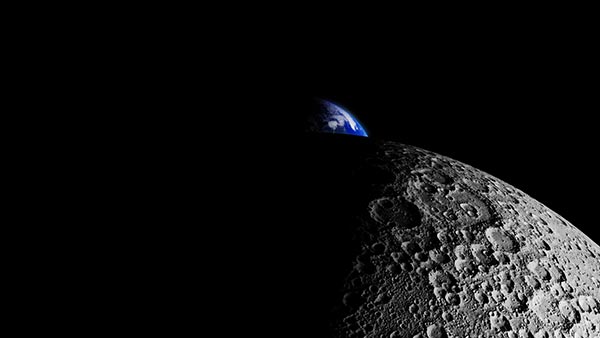Endangered bear species can mimic each other’s facial expressions to communicate
12/01/2019 / By Edsel Cook

Humans and primates might have a new challenger to their supposedly unique knack for subtle communications using facial expressions. A new U.K. study showed that sun bears were also able to copy the expressions made by other members of the same species.
The smallest species of bear in the world, sun bears are also one of the rarest. Although solitary by nature, individual bears appear to communicate just fine with others of their kind.
In a study conducted by a research team from the University of Portsmouth, sun bears were reported to display very complicated methods of expressing themselves through facial expressions. Among other behaviors, they would noiselessly indicate to other bears that they felt frolicsome.
“Mimicking the facial expressions of others in exact ways is one of the pillars of human communication,” explained Portsmouth researcher Dr. Marina Davila-Ross, the lead author of the paper. “Other primates and dogs are known to mimic each other, but only great apes and humans, and now sun bears, were previously known to show such complexity in their facial mimicry.”
Sun bears can show and copy complex facial expressions
The discovery proves interesting since sun bears have no genetic or social connection whatsoever to humans. There are no evolutionary links between the two species, especially when compared to apes and monkeys.
The bears are also wild animals. They were never domesticated like dogs, which copied mannerisms from each other and even their owners.
Given their findings, the Portsmouth researchers concluded that complex forms of facial mimicry were not only limited to apes, monkeys, and domesticated animals in contact with humans. Instead, they suggested that many other species — including sun bears — also copied each other’s facial expressions with ease.
Davila-Ross and her colleague Derry Taylor spent two years at the Bornean Sun Bear Conservation Centre in Sabah, Malaysia. The facility houses both orphaned and formerly captive animals for rehabilitation until they are ready to return to the wild.
They noted that the bears employed facial mimicry, a high-level social skill that strengthened bonds between animals. It appeared that the bears were more sensitive to social behavior than other mammals.
At the same time, sun bears displayed solitary behavior in the wilderness. Their facial mimicry skills might mainly serve to steer them through their very loose community.
The reclusive bear species that is surprisingly good at socializing
In their study, the researchers observed 22 sun bears during social play sessions. Taylor coded the facial expressions of the animals.
In particular, he took note of two striking countenances that often appeared during social play. One facial expression showed off the upper incisor teeth while the other hid the same tooth.
Taylor noted that the bears displayed and exchanged these facial expressions during social play. He interpreted them as a signal that the sun bear welcomed more playtime with its partner.
“It is widely believed that we only find complex forms of communication in species with complex social systems,” explained Taylor, the co-author of the study. “As sun bears are a largely solitary species, our study of their facial communication questions this belief, because it shows a complex form of facial communication that until now was known only in more social species.”
The sun bear remains a mysterious animal. Researchers say that the bears dwell in the tropical rain-forest and are not picky eaters.
Further, the only times adult bears seek companionship is during their mating season. But despite being non-social animals, sun bears prove capable of subtle communication.
Sources include:
Tagged Under: animal behavior, animal communication, animals, bears, cool science, extinction, facial mimicry, mammals, socialization skills, socializing, species, sun bear, weird science, wild bears, wildlife
RECENT NEWS & ARTICLES
COPYRIGHT © 2017 RESEARCH NEWS




















